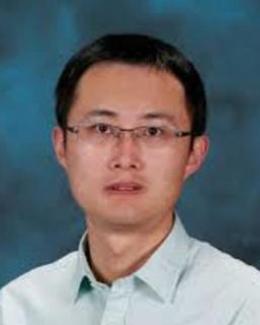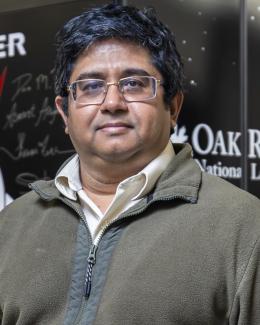Brief: Researchers have developed a novel architecture-agnostic method for the generation of atomic structures for use in materials discovery.
Accomplishment: A primary prerequisite for developing generative models for atomic structures is an invertible input representation. Currently, there are no suitable invertible representations for crystal structures like the Simplified molecular-input line-entry system (SMILES) representation used in molecular generation, which significantly hinders progress in this area. Here, researchers developed a computational approach to reconstruct non-invertible representations back into the Cartesian atomic coordinates which define a material exactly. This is done by using a gradient-based global optimization algorithm to solve for the optimal atomic coordinates, using gradients obtained from automatic differentiation. This can then be coupled to a generative machine learning model which generates new materials within the representation space, rather than the data-inefficient Cartesian space. This two-step process is model-agnostic and does not require a specialized machine learning architecture for the generation of atomic structures, which allows one to harness effective existing generative algorithms such as invertible neural networks. This approach thereby provides a promising solution for the problem of materials design at the atomic level.

Acknowledgement: This research is sponsored by the Artificial Intelligence Initiative as part of the Laboratory Directed Research and Development Program of Oak Ridge National Laboratory, managed by UT-Battelle, LLC, for the US Department of Energy under contract DE-AC05-00OR22725.
Publications resulting from this work:
Fung, V., Zhang, J., Yin, J., Ganesh, P., Atomic structure generation from reconstructing structural fingerprints. Under preparation.
Contact: Victor Fung (fungv@ornl.gov)
Team: Victor Fung, Jiaxin Zhang, Junqi Yin, Panchapakesan Ganesh
References:
- Noh J., Gu G. H., Kim S., Jung Y. Machine-enabled inverse design of inorganic solid materials: promises and challenges. Chem. Sci. 11, 4871-4881 (2020).
- Fung V., Zhang J., Hu G., Ganesh P., Sumpter B. G. Inverse design of two-dimensional materials with invertible neural networks. npj Comput. Mater. 7, 200 (2021).




